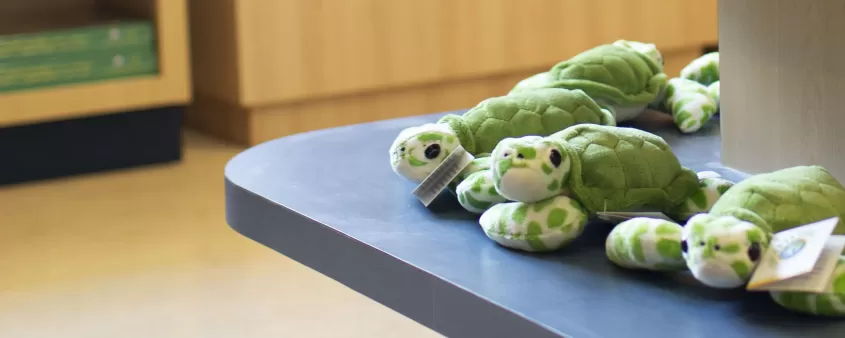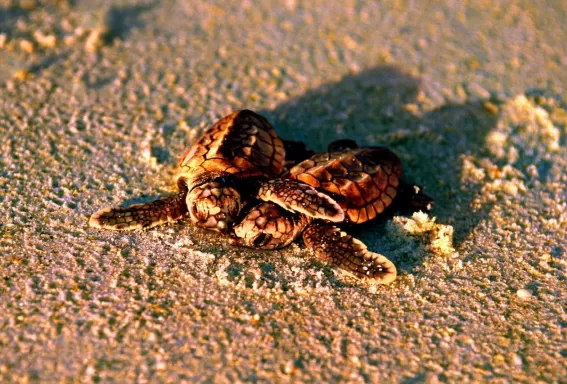Wildlife Roll Call
Resilience is in our nature, and that includes our wildlife too! In the wake of a disaster like Hurricane Ian, we are keeping a close watch on how our neighbors in the wild have fared.

Sanibel-Captiva Conservation Foundation (SCCF), which collects data from wildlife sightings around the region, has reported a spike in shorebird numbers compared to previous years. November 2022 showed the second-highest number of individual shorebirds compared to the same month over the past five years — 4,734 individuals and 27 species, to be exact.
For more good news, SCCF has announced that all the bald eagles they monitor around Sanibel and Captiva have been accounted for. Most of the nine nest structures survived Hurricane Ian, and some eagles have been spotted rebuilding the ones that were damaged.

Over at the Clinic for the Rehabilitation of Wildlife (CROW), we got an insider’s look at how wildlife weathers natural disasters. Birds might either stick close to thick brush or perch higher up in trees, while migratory birds might simply depart the area earlier than expected to outpace the storm. Some birds, like the magnificent frigate, were found at least 60 miles inland after Hurricane Ian — suggesting they were able to ride with the storm.
The sighting of marsh rabbits on Sanibel Island was a treat, and it’s likely that other ground dwellers sought refuge in burrows and other sheltered locations. Also faring well after the storm are the beloved burrowing owls, according to Cape Coral Friends of Wildlife (CCFW). They typically come out of their burrows during a storm to find higher ground that’s still within reach of their habitat.

Marine life has an uncanny ability to predict storms. By detecting the barometric pressure of the water, they can head deeper and let the weather pass over them. Semi-aquatic animals like alligators can’t swim into deep waters, so they tend to seek refuge by hunkering down among rocks.
Hurricane Ian made landfall toward the end of sea turtle nesting season, which runs from spring to late fall (peaking in June and July). Sea turtles do not lay eggs every year, and when they do, they tend to lay several clutches over the season to increase the probability of survival. While sea turtle nest numbers were down slightly on Sanibel and Captiva compared to the prior year, higher numbers in other areas like Lovers Key State Park and Bonita Springs (with an all-time high of 283 nests) contributed to a record season. Friends of Cayo Costa State Park recently reported record numbers on Cayo Costa, with 572 nests and just over 40,000 successful hatchlings. Ultimately, experts recorded about 2,000 nests and more than 125,000 hatchlings on Lee County beaches.

Many rescue and rehabilitation centers sustained damage after the storm and welcome support from the community. Check the Nature Store pop-up from J.N. “Ding” Darling National Wildlife Refuge at the Coconut Point Farmers Market in Estero, Thursdays from 9 a.m. to 1 p.m.
Order CROW merch or adopt your favorite animal to show your support.
Give to SCCF or adopt a species like a sea turtle or shorebird as a gift for your loved ones.


